When looking at the body of work that Giorgio Griffa has produced in the last fifty years, we cannot help being reminded of writing, an action performed over time on a mostly moveable surface. Reduced to its degree zero, such a gesture is designed to allow for meaning to travel over time and space. Griffa’s paintings have performed a system of signs, more often than not going from left to right as does western writing, but perhaps more significantly also as do mathematical formulas or notations in musical scores. Both formulas and scores are developments unravelling in time tending towards some sort of resolution. However, like in Griffa’s work, modernity in music or in mathematics has showed us that time is not always linear, nor sometimes is any final resolution reached.
The comparison with musical notation also allows us to consider another key element of Griffa’s paintings: rhythm with its repetitions, variations and cyclicality. Such elements are fundamental in the exegesis of Griffa’s work as they bring to the fore once again the notion of time in the field of painting, a medium traditionally preoccupied with defining, reproducing, simulating and engaging with space in its perspectival three dimensions. It is only with Cubism that time officially enters the core of painting, although it is gloriously interrogated most effectively by Marcel Duchamp who, starting with the Nude Descending a Staircase (N.2) in 1912, dedicated nearly the whole of his career to introducing time into the field of art and to pursuing spacetime four-dimensionality.
In addition, Griffa’s experiments with spacetime are reinforced by the fact that his gestures and systems of signs are unfinished, interrupted in the midst of their sequencing. This feature leaves on one side of the canvas both an area in space and, following our reasoning above, a portion of time that will forever remain unknowable, undetermined like Heisenberg’s uncertainty principle. The measuring of a quantum particle’s waves in the Copenhagen Interpretation essentially postulates that particles exist in the world of potentialities. We can only calculate their probable future behaviours which are theoretically all simultaneously correct, such as in the Schroedinger’s cat experiment whereby the cat is both alive and dead until we observe it.
Likewise, the space left unfinished by Griffa is the representation of the unadulterated realm of possibility. As briefly hinted above, in quantum mechanics only the act of measuring transfers the possible into the real. However, this reality is condemned, like Orpheus, to exit the realm of the possible only partially: if we measure the position of the particle, its momentum becomes unmeasurable and vice versa. In Griffa’s universe this reciprocality is visualised in the relationship between the sign and its possible – but not traced – further manifestation. Such part of the painting needs to stay so, possible and not known, as it is the most important part of our relationship with reality: that which is not graspable, not knowable, and the task of painting is to allow us to perceive it as an absence and to accompany us in the task of protecting and holding dear that very unknown.
Another aspect of the system of signs used by Griffa is their reduction to the minimum possible denominator of both iconic representation and linguistic signification. Both aniconic and asemantic, the signs belong, in his own words, to ‘everyone’s hands’. He talks about his attempt to ‘make the presence of the painting absolutely minimal’ as a rejection of any figuration which he perceives as a distraction for the practice of pure painting: ‘the figure overlaps painting and befogs it’. This search for the uncontaminated sign is something that Griffa pushed beyond the achievement of historical art abstraction: his statement implies that there is a task for painting that, not only does not involve the replication of the visible to become an object in its own sake (abstraction), but also needs to become an instrument for the unknown to be the field where partial visibility emerges.
In the series of paintings called Three Lines and an Arabesque, Griffa investigates the musical notion of variations on a given theme. The remarkable choice of the arabesque as one of the elements should not go unnoticed. The arabesque – also known as islimi – is a decorative style involving rhythmical motifs that from the 10th century gained growing significance in islamic art. One of the key reasons for its prominence in Islam can be argued to be the religion’s avoidance of figuration, connected with the prohibition of idolatry due to God’s prerogative in the creation (including representational) of living forms. Additionally, the arabesque’s proximity to Arabic calligraphy – the second key discipline underpinning islamic art alongside the arabesque and geometry – alludes to the porosity of borders between semantic and asemantic signs. This is a key boundary investigated by Griffa: to liberate writing from the constrictions of precise signification is the next step beyond poetry.
This border is also taken to a different level in recent works, a fine group of which is assembled here for Electra magazine. These use language and writing in a more conventional way. Some of them merge together binary oppositions such as light/heavy or strong/weak – a direct homage to Alighiero Boetti’s tapestries – both in English and Italian. Others from the Shaman series have invented words like Ghoitrugh or Benkotso, making use of the Latin alphabet without any precise convention of signification. Both of these experiments are also replayed in relation to an ‘old friend’ of Griffa’s: the golden section number which has accompanied him for a few decades. Phi has a particular fascination for the artist as it is an infinite number which effectively grows smaller the more we know of it. This inverted proportion between mathematical size and the size of our knowledge is another great metaphor of the unavoidability of the unknowable brought about by quantum physics.
Something further happens in the Transparencies series. One of its most significant elements in relation to the ‘four-dimensional’ speculations we are attempting is not just the overlapping of single fragments, which allows for a sort of multiverse effect, but rather the principle that each time the installation can take a different shape. This means that the combinatory variations of the work are virtually infinite and that this work is alive in a trajectory of spacetime. Nearly penetrating each other, the eponymous transparency of the support canvases allows for not only dialogue, but for ‘temporary paintings’ – again a time-based intervention on the medium – created by the provisional overlap of two or more canvases whose signs polyphonically merge into each other.
This is the most advanced attempt for Griffa to be – to use his own words – ‘at the matter’s service’. The series is in fact the ultimate rejection of the idea of the artist’s domination over the materials he manipulates. Why is it so fundamental for Griffa to avoid what he calls the principle of domination? For him, complete control and full understanding of the world is to be avoided at all costs. This is true in the process when he collaborates with the paint and the surface – his materials – to dictate the work, as well as in the complete prescription of all the possible meanings inscribed in it. This is the truth in Orpheus’s myth: if you seek the complete vision, a certainty covering the whole domain of knowledge – that which is prevented by the uncertainty principle – what you most search for will inevitably disappear in front of you. Griffa’s paintings are warnings against that hybris and, simultaneously, love letters to what Georges Bataille used to call ‘the unfinished system of non-knowledge’.
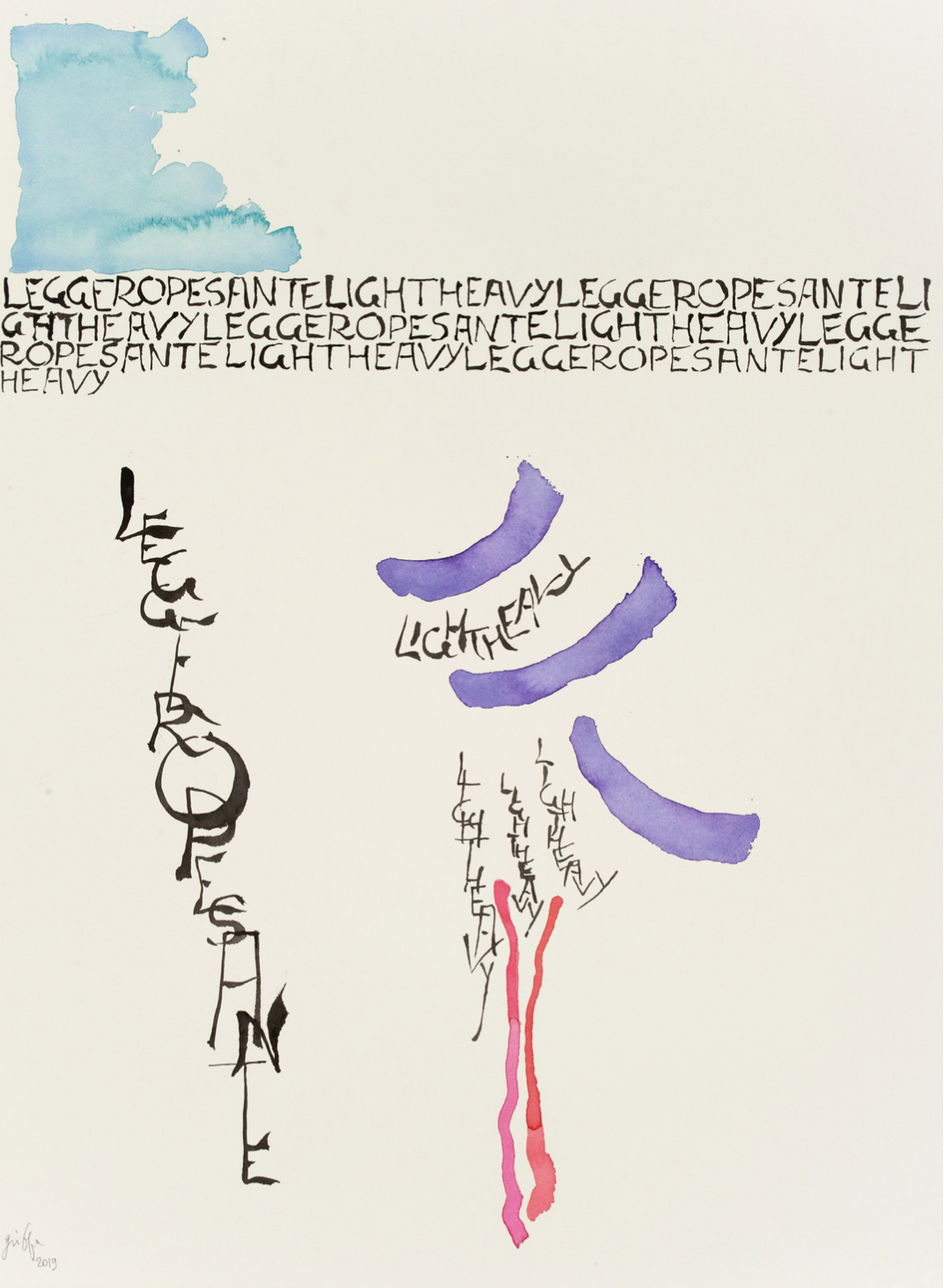
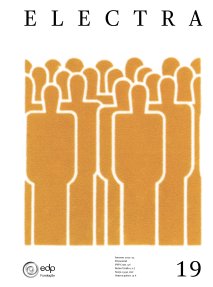
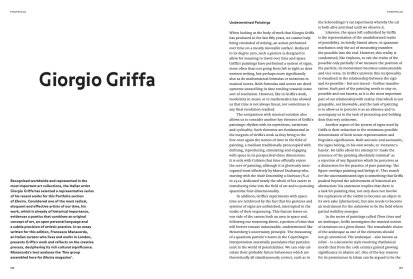
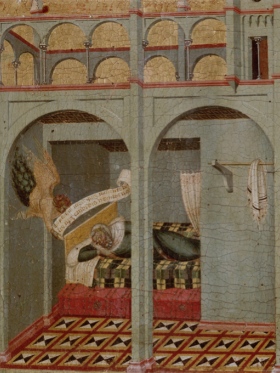
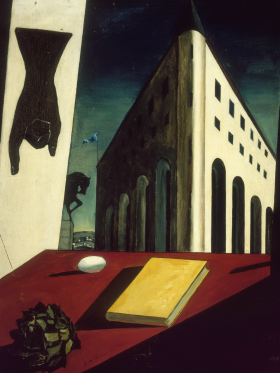
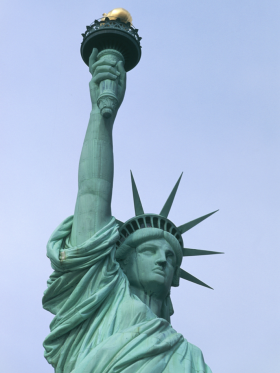
Share article